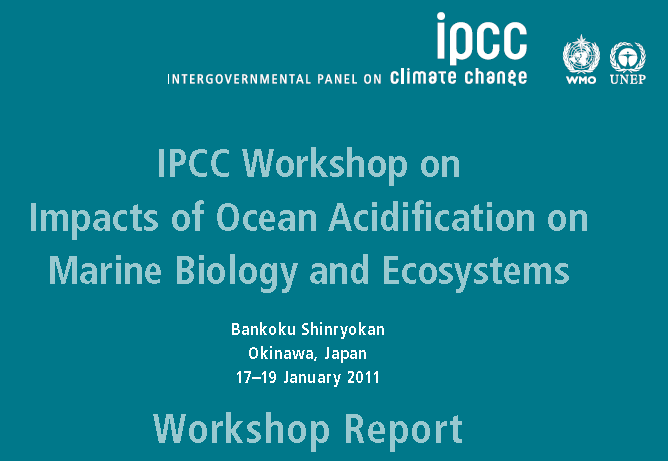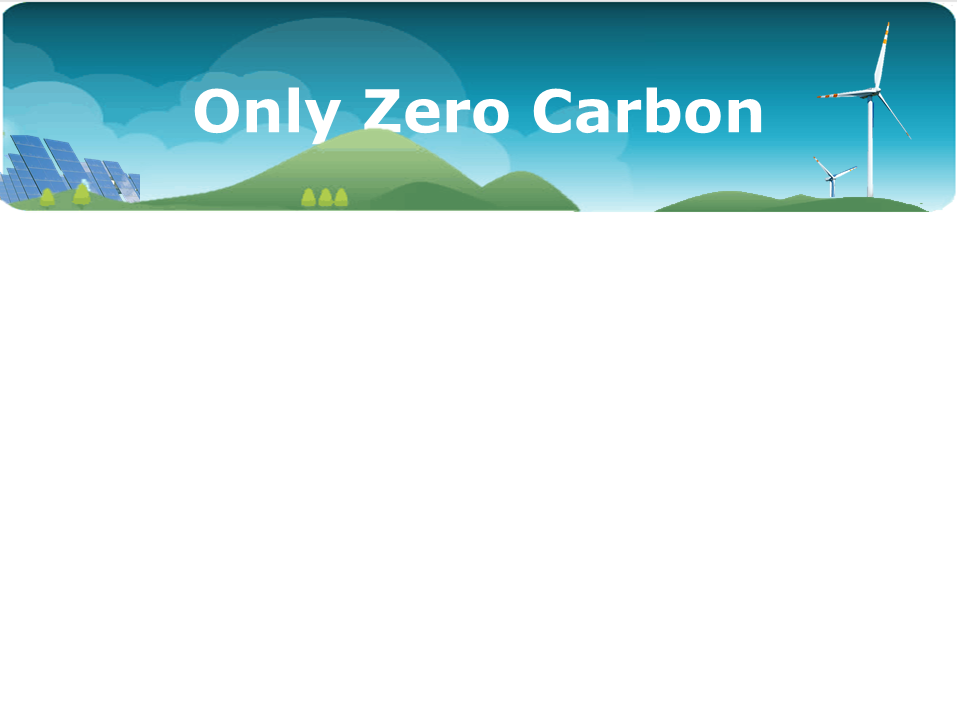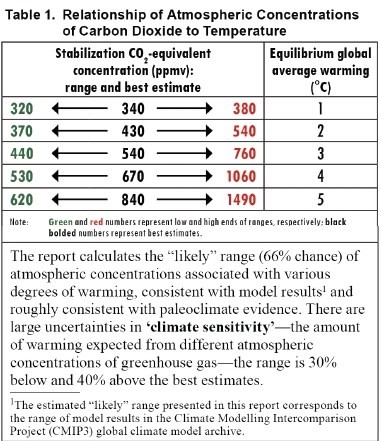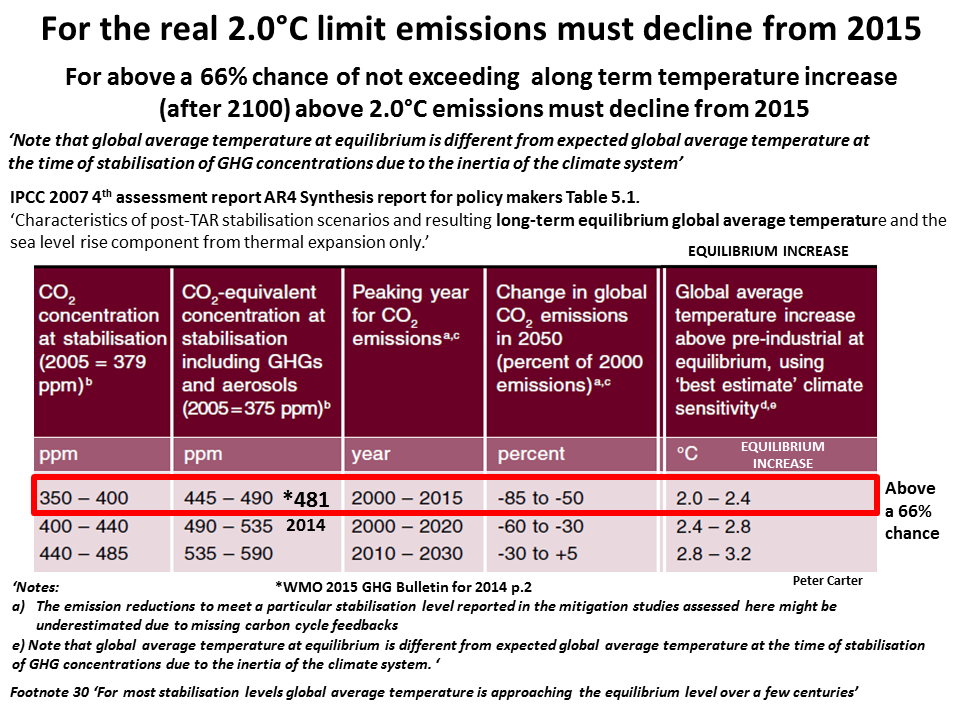ONLY ZERO CARBON ONLY ZERO CARBON ONLY ZERO CARBON ONLY ZERO CARBON ONLY ZERO CARBON ONLY ZERO CARBON
Stabilization


The science of getting below 350 ppm CO2
New Research
June 2015 Time scales and ratios of climate forcing due carbon dioxide emissions from fossil fuels
Nov 2013 Even if emissions stop, carbon dioxide could warm Earth for centuries
June 2015 Time scales and ratios of climate forcing due carbon dioxide emissions from fossil fuels
Nov 2013 Even if emissions stop, carbon dioxide could warm Earth for centuries


NRC Climate Stabilization Targets 2011
IPCC 2007 AR4 atmospheric CO2/CO2 eq. stabilization for EQUILIBRIUM temperature increase
IPCC 2007 AR5 on policy For any given stabilization pathway, a higher climate sensitivity raises the probability of exceeding temperature thresholds for key vulnerabilities. ... policymakers may want to use the highest values of climate sensitivity (i.e. 4.5°C) within the ‘likely’ range of 2–4.5°C set out by IPCC to guide decisions, which would mean that achieving a target of 2°C (above the pre-industrial level), at equilibrium, is already outside the range of scenarios considered in this chapter, whilst a target of 3°C (above the pre-industrial level) would imply stringent mitigation scenarios, with emissions peaking within 10 years. Using the ‘best estimate’ assumption of climate sensitivity, the most stringent scenarios (stabilizing at 445–490 ppmv CO2-equivalent) could limit global mean temperature increases to 2–2.4°C above the pre-industrial level, at equilibrium, requiring emissions to peak before 2015 and to be around 50% of current levels by 2050